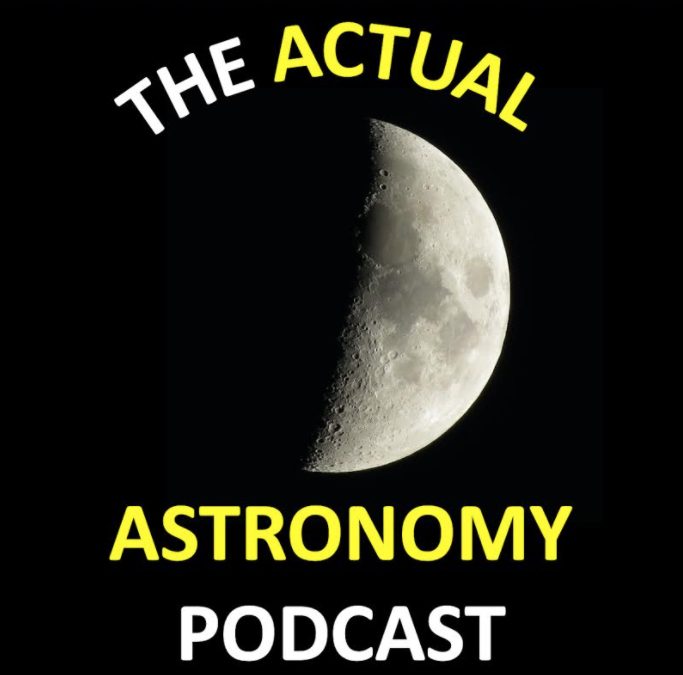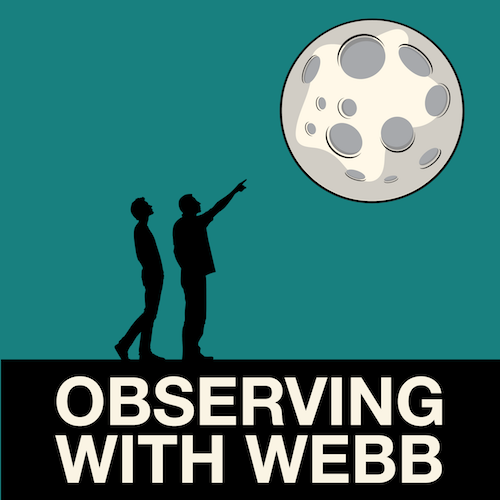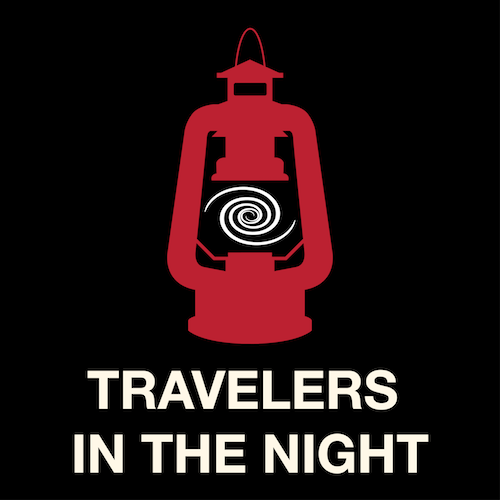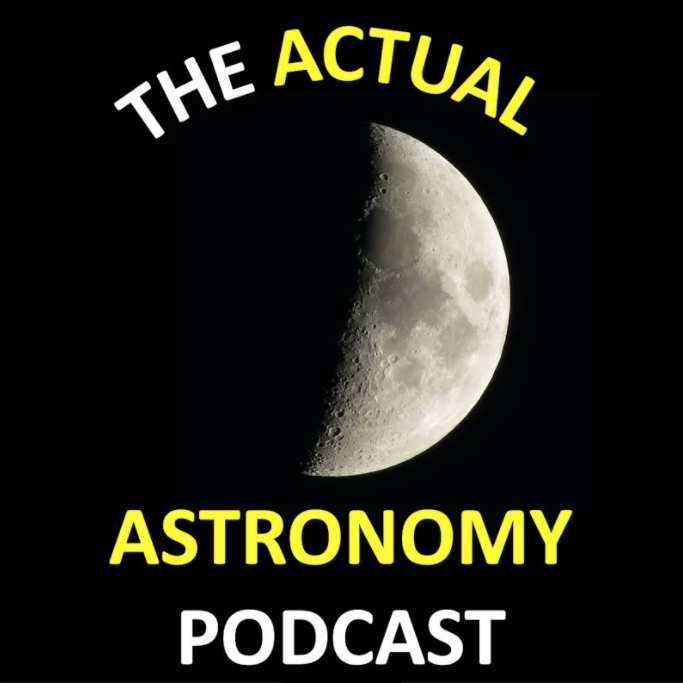How the Sun’s Local Bubble Drives Nearby Star Formation? @WSHCrew discuss this topic with Michael Foley. And weekly update. Parker photo of Venus, dead planets crashing into dead stars, SpaceX lost 40 StarLinks and more at #365DaysOfAstro


How the Sun’s Local Bubble Drives Nearby Star Formation? @WSHCrew discuss this topic with Michael Foley. And weekly update. Parker photo of Venus, dead planets crashing into dead stars, SpaceX lost 40 StarLinks and more at #365DaysOfAstro

The Actual Astronomy discuss about when and how to see the planets Jupiter, Saturn, Venus, Mercury, Uranus minor planets Ceres and Iris and when the Moon will pair with these solar system bodies. We also talk about when you can see the Lunar X and Lunar Straight Wall, also say goodbye to Comet Leonard.

Why get out there in the cold of January? It’s a time of transitions and wonder. We’ve got a meteor showers, plenty of lunar encounters, planets changing, and very long nights.

The Actual Astronomy Podcast places a focus on when and how to see comet Leonard and highlight opportunities to see a planetary alignment with the comet, Venus, Jupiter and Saturn as well as a pairing of the comet and a globular star cluster.

Over the next few years new missions headed to Jupiter & Saturn. Why aren’t we seeing more missions to the outer planets like Uranus and Neptune, even Pluto? Today @AstronomyCast talks about the challenges of exploring the outer, outer solar system.

Today’s podcast presents @ActualAstronomy talk about Objects to Observe in the November 2021 Night Sky and places a focus on events to help you find the planets as well as what you can see on the Moon. #365DaysOfAstro

Let’s check this month skyguide and news update with @AwesomeAstroPod. Today’s news includes: Jupiter’s Great Red Spot, crazy exoplanets orbits, red and dead galaxies, alien radio signals, and the 1st exoplanet in another galaxy

Today’s story: These three asteroids are some of the objects to be listed on the NASA Sentry Risk Table & the oceans of ganymede

his eposide places a focus on Mercury and Venus as they put on their best shows for Autumn 2021 while Jupiter as several Double Shadow transits are easily visible through small telescopes.

Three great planets all visible right after sunset, with visits from the Moon, make September of 2021 a calm, but convenient month for breaking out that telescope.